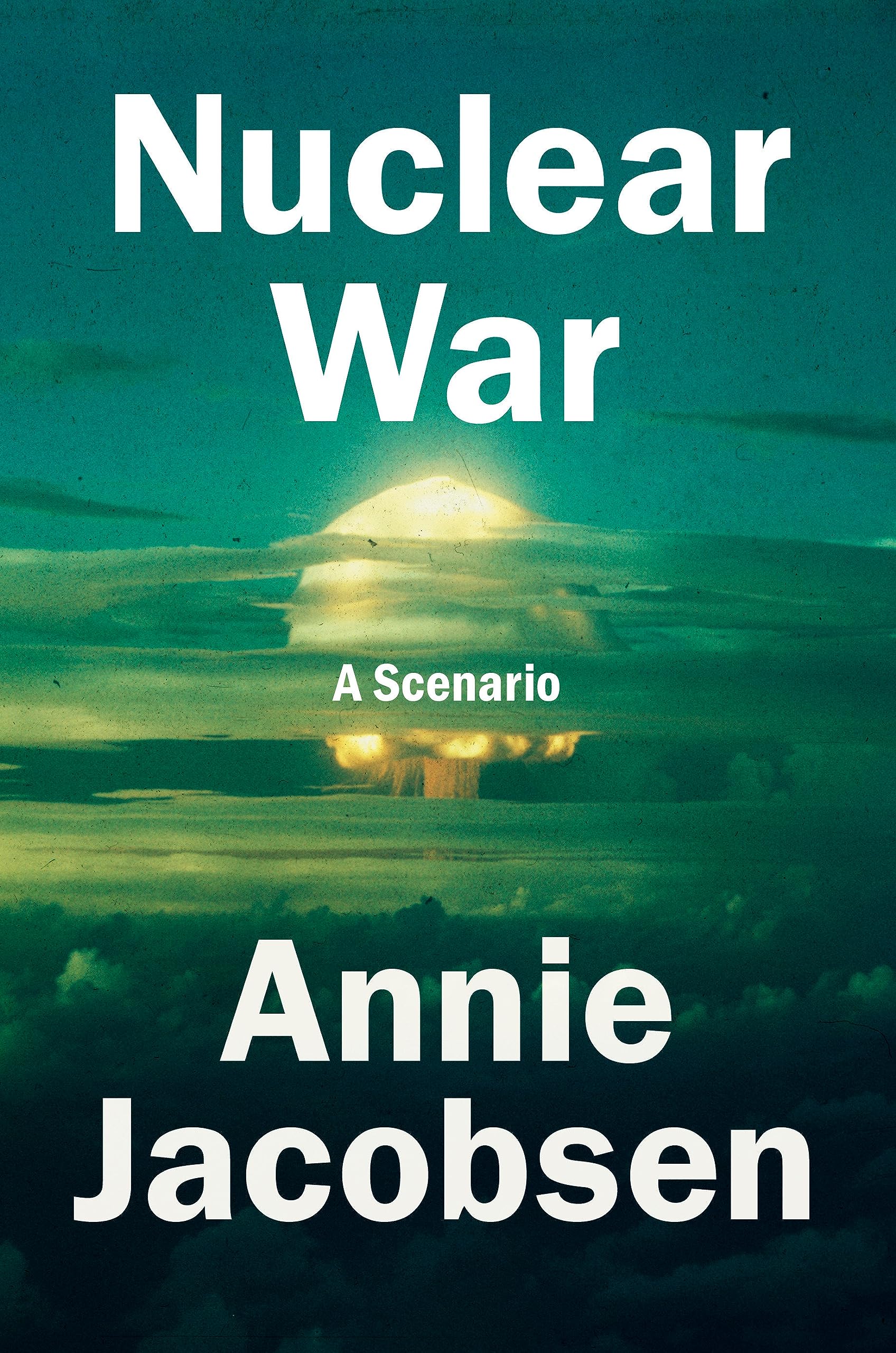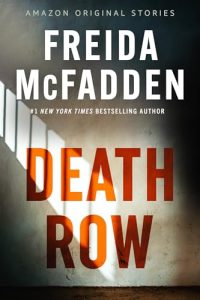
What would happen if a nuclear missile were launched toward the United States today, in real life? That haunting question lies at the heart of Annie Jacobsen’s Nuclear War: A Scenario, a pulse-pounding, meticulously researched nonfiction thriller that imagines the unthinkable in terrifying detail. Based on exclusive interviews with military and civilian experts, Jacobsen constructs a minute-by-minute account of how a nuclear conflict could begin and end within a single hour.
Pulitzer Prize finalist Annie Jacobsen has built her career on exploring the shadowy corners of military science and national security, and here she outdoes herself. The book opens with a scenario in which North Korea launches a missile toward the Pentagon. Within seconds, satellites detect it, alarms blare, and the entire command system of the United States is thrust into motion. What follows is a cascade of decisions each made in seconds that could determine the fate of humanity.
Jacobsen divides the book into four main sections, moving from factual background to a vividly imagined countdown of Armageddon. The level of realism is staggering. She captures the sheer impossibility of making rational decisions under existential pressure, when generals and presidents have only minutes to decide whether to retaliate. The result is a story that reads like a horror novel, not because of monsters or ghosts, but because every page feels plausible.
While the book is packed with technical details acronyms like SIOP, STRATCOM, and SBIRS fill the pages these aren’t just jargon. They serve to remind readers of the enormous machinery that stands behind every nuclear button. At times, though, Jacobsen’s fascination with scale becomes overwhelming. Readers might find themselves buried under statistics about megatons, square footage, and petabytes of data. It’s both fascinating and fatiguing.
The scenario itself is disturbingly believable. After North Korea’s initial strike, the United States retaliates, triggering confusion in Russia’s early-warning systems. Miscommunication and misinterpretation snowball into global annihilation. Within thirty-four minutes, Washington D.C. is gone. Minutes later, so is most of civilization. As Soviet leader Nikita Khrushchev once warned, “The survivors will envy the dead.”
Despite its speculative setup, Nuclear War: A Scenario is grounded in reality. Jacobsen draws from credible sources and historical context, including chilling insights into Cold War strategies, the “launch on warning” policy, and the origins of the president’s nuclear football. The book’s interludes brief history lessons on nuclear technology and defense systems are among its most fascinating and educational moments.
Still, the writing itself can be uneven. Jacobsen’s tone occasionally drifts toward melodrama, and her tendency to remind readers of the horror can feel repetitive. Yet the power of her research and the urgency of her message outweigh any stylistic flaws. This is not entertainment; it is a warning.
What makes Nuclear War truly terrifying is not the destruction it depicts, but the realization that such a scenario is not science fiction. Every nuclear nation still maintains the capability to end human civilization in less than an hour. The book offers no easy answers or comforting solutions. Instead, it forces readers to confront a sobering truth: the world remains balanced on the edge of a button.
If you are brave enough to stare into the abyss of what might happen should deterrence fail, Annie Jacobsen’s Nuclear War: A Scenario is essential reading an urgent, unforgettable call for awareness in an age of complacency.
👉 Buy the book on Amazon: https://amzn.to/46V6xUi


